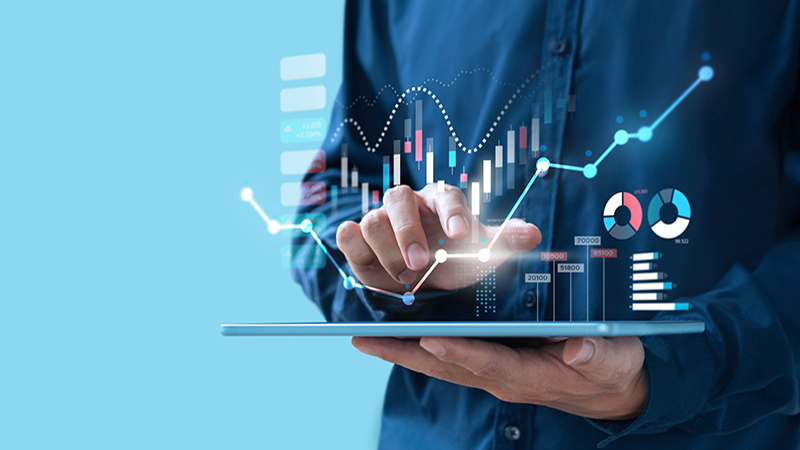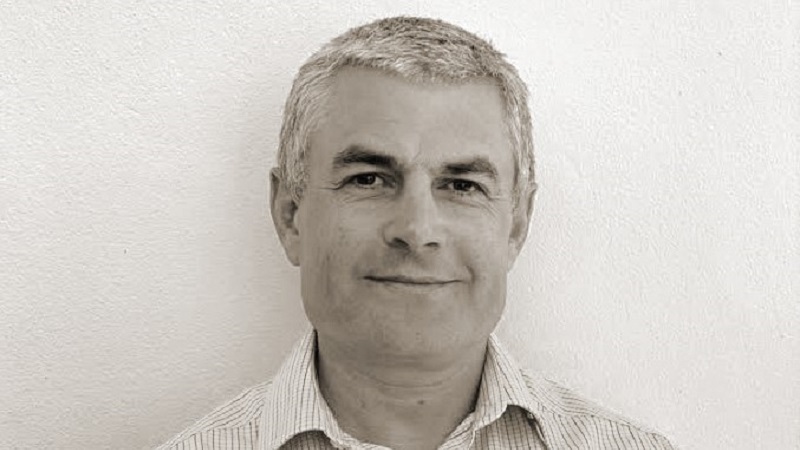The market has got ahead of itself in investing in commodities, including metals like copper, as a play on the transition to clean energy, according to TB Amati Strategic Metals fund co-manager Mark Smith.
Much has been said around the role of certain metals and minerals, such as copper, featuring prominently in the transition to a clean economy due to their use in electric vehicles and batteries, but Smith (pictured) thinks commodity prices have largely been driven by macroeconomic themes this year rather than fundamentals.
He explained that up until June, commodity prices were generally buoyed on rising inflation and the US dollar weakening. But since then prices have declined on Federal Reserve tapering talk, as well as China attempting to ease inflationary pressures through a variety of measures, including credit controls, taxes, restricting overseas investment, and direct market interventions to dampen speculative commodity trading.
The TB Amati Strategic Metals fund aims to provide capital growth over the long term by investing in mining companies listed in global developed markets in a concentrated portfolio of typically between 35 to 45 names.
According to the July factsheet, more than half (59.9%) of the funds is in precious metals (gold and silver) with the remainder in speciality metals (15.6%), industrial (15.9%) and cash (8.6%). The gold and silver allocation has increased from 50.7% the month before and the cash position is down significantly from the 23.2% weighting in June.
Copper position reduced earlier this year
Smith said before the fund launched in March this year, he and co-manager Georges Lequime ran a dummy fund for regulatory purposes that was heavily invested in copper, but that position was drastically reduced when the fund was unveiled.
“We’re just waiting to get back into the copper names,” he added. “We think what’s really happened is the market has invested in a theme, rather than reality.
“When you actually look at supply/demand dynamics, and there’s a lot of money going around the system wanting to find a home and a trend and a place, copper was a good thing to invest in because there was theme a behind it.
“When you actually run the numbers and do the homework, it’s not as rosy as the market thinks it is at this stage.”
Smith said the copper market is about 30 million tonnes a year with supply and demand more or less balanced, with only about one million tonnes of that for EVs and the rest for construction.
“So, markets are a little bit too hot on the ‘Wow, this EV market is going to take off’ theme. It is, but I don’t think we’re right at that inflection point, so we’re holding back.”
Now is a good time to buy gold equities
In terms of gold, Smith explained sentiment indicators for the precious metal suggest a record low level of interest and gold stocks are trading at historic lows when analysing valuation metrics at spot prices.
“Arguably, against the current global fiscal environment, it should be a time to accumulate gold equities,” he added.
He said between August and October is typically the best time for gold equities as “everyone comes back to their desk and they say, ‘Where do we want to place our money?’ at the same time the economy starts to loosen up and we get the inflation pressures coming into the winter”.
“So, we’ve been buying it in the quiet time to keep our portfolios overweight gold and silver, and then we’ll rotate that over time.”











